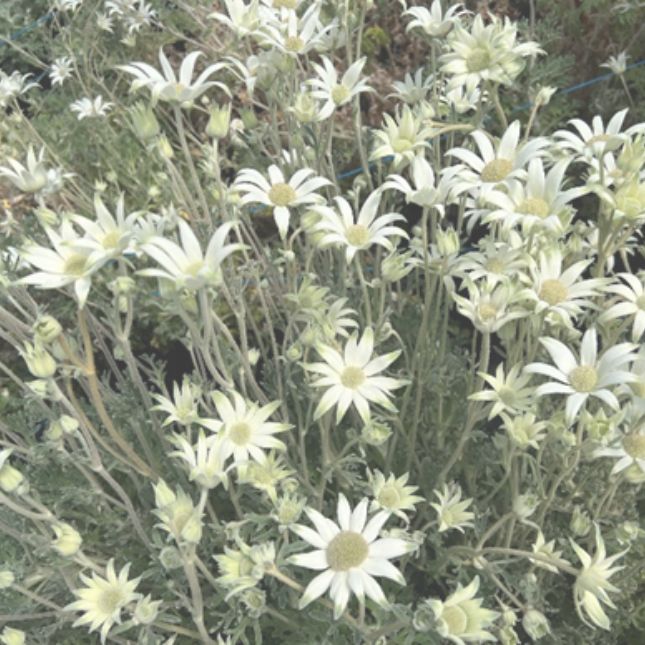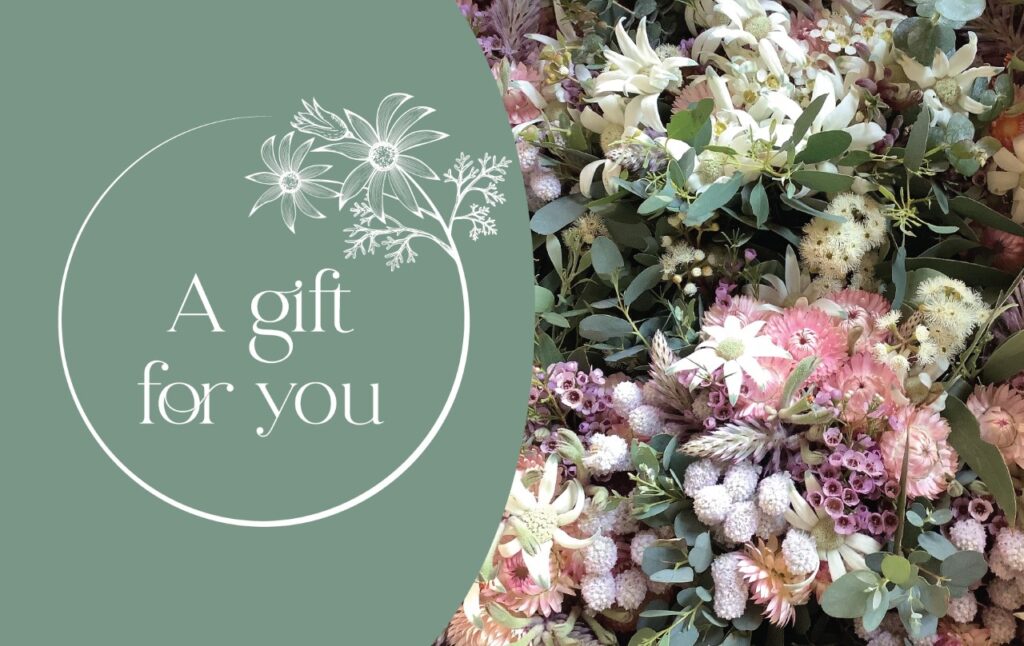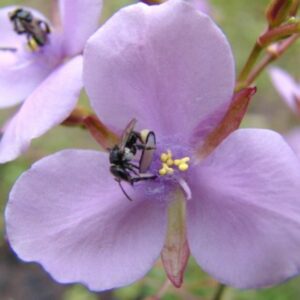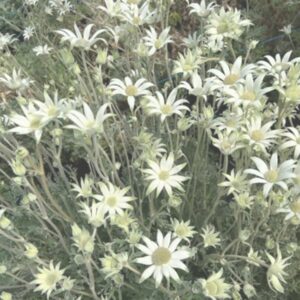With a bit of preparation, you can give your plant the very best start to grow and thrive.
Transferring a plant from pot to the ground should be straightforward, however there are a few tips to helping your plants get the best start in life!
- Select a spot to plant remember your plant may live for many years, so please keep in mind the overall height dimensions your plant can reach at maturity.
- Get a digging tool and dig a square hole slightly larger and deeper than the pot the plant is currently in. In the bottom of the hole, break and loosen up the soil to make it easier for the plant’s roots to grow and develop.
- Submerge your new plant (still in the pot) into a bucket of water for 10 seconds. This will allow the air spaces in the potting mix to fill with water.
- The critical part, empty the bucket of water and fill the hole. Leaving it to soak in the soil.
- Place 5 grams (1 tablespoon) of slow-release native plant fertilizer at the bottom of the hole, encouraging root growth.
- Carefully remove your plant from the pot, being careful not to disturb the soil around the new plant’s roots.
- Gently place your new plant in the hole and push the soil firmly around the sides of the new plant and water the plant again to settle the soil.
- Spread the recommended amount of slow-release native fertilizer around the surface.
- Spread a generous amount of mulch around your plant, ensuring no mulch is placed around the collar. The mulch’s purpose is to retain moisture underneath, suppressing weed growth and aesthetic appeal.
- Finally, water your new plant according to the weather conditions. Give the plant enough water to keep it moist (mainly if the weather is very hot and windy), but be sure not to overwater.
- Feed the plant every 5-6 months with a slow-release native plant fertilizer.
- Once the plant is established, pruning your plant will promote healthy plant growth and encourage more flowers.






